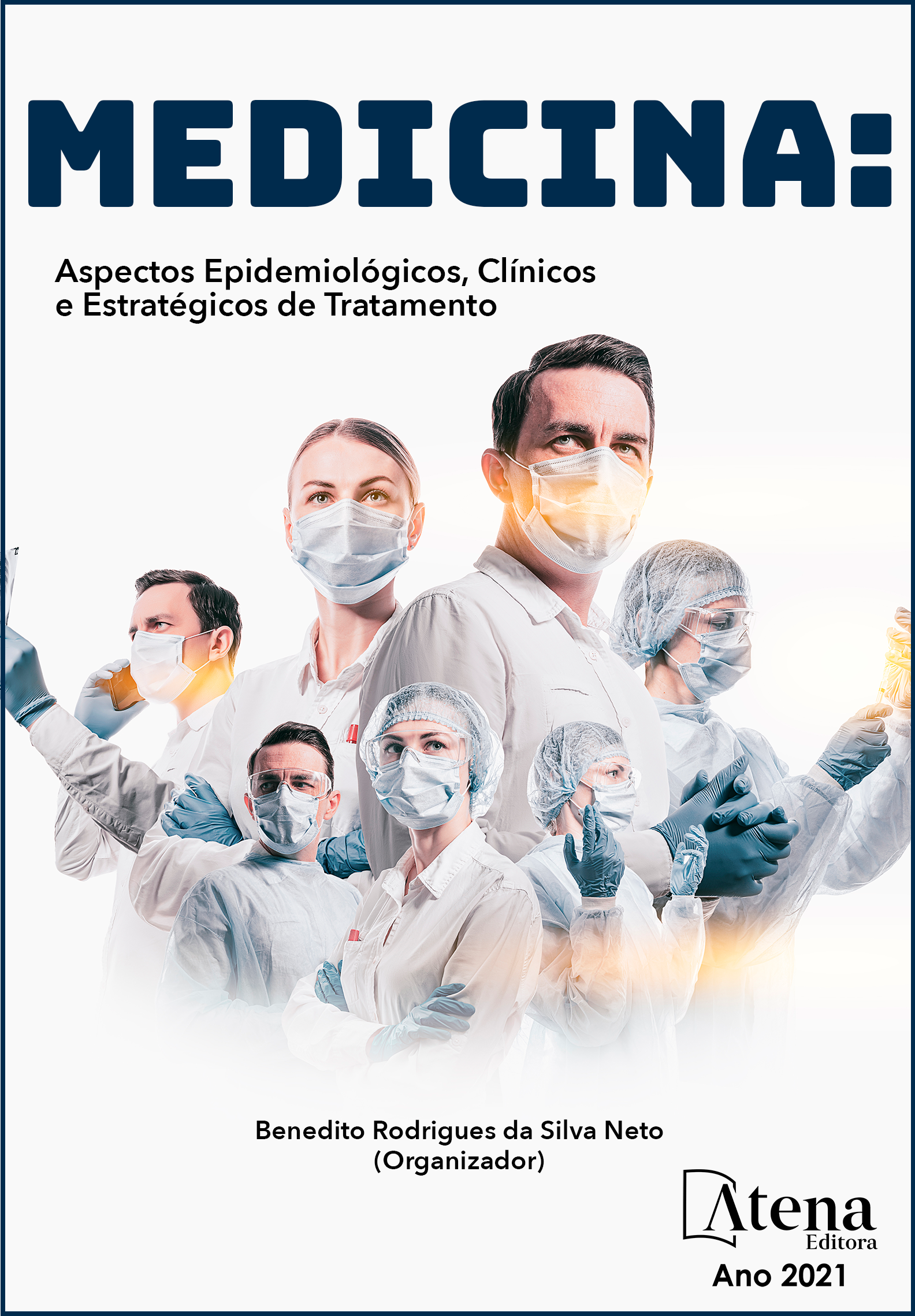
AVALIAÇÃO DO ÍNDICE DE PULSATILIDADE DO ISTMO AÓRTICO PARA PREDIÇÃO DE DESFECHOS FETAIS ADVERSOS
INTRODUÇÃO: O istmo aórtico é a região da aorta fetal localizada entre a origem da artéria subclávia esquerda e a conexão do ducto arterioso com a aorta descendente. Representa o encontro da circulação superior e inferior do feto, região de extrema importância para o equilíbrio hemodinâmico feto-placentário. OBJETIVO: estudar a importância da avaliação do índice de pulsatilidade (IP) do istmo aórtico para predição de desfechos fetais adversos. MÉTODOS: Realizada revisão da bibliografia, por meio da estratégia de busca Fetal Growth Retardation AND Ultrasonography, Doppler AND pregnancy AND aortic isthmus na base de dados PUBMED, limitando-se a publicações dos últimos 10 anos. Foram obtidos vinte e seis artigos dos quais quinze foram selecionados e incluídos na revisão. RESULTADOS E DISCUSSÃO: Os estudos mostram que há relação dos distúrbios da hemodinâmica feto-placentária com o ciclo cardíaco fetal e apontam o IP do istmo aórtico como parâmetro confiável para predição de desfechos fetais adversos. O estudo do doppler do istmo aórtico é indicado em doenças fetais, tais como restrição de crescimento, síndrome de transfusão feto-fetal, alterações cardíacas em fetos de mães diabéticas, hérnia diafragmática congênita, defeitos de anatomia cardíaca e outras malformações congênitas. A alteração do IP do istmo aórtico ocorre uma semana antes da alteração do ducto venoso. O IP do istmo aórtico se mostrou válido durante o segundo e terceiro trimestre como parâmetro de triagem de cardiopatia congênita. O fluxo diastólico reverso, quando mostrado no doppler, é sinal de comprometimento fetal e complicações neonatais neurológicas em fetos restritos. CONCLUSÃO: A avaliação do IP do istmo aórtico parece ser fator preditor de desfechos fetais adversos. No entanto, há necessidade de mais estudos para estabelecer seu uso clínico de rotina.
AVALIAÇÃO DO ÍNDICE DE PULSATILIDADE DO ISTMO AÓRTICO PARA PREDIÇÃO DE DESFECHOS FETAIS ADVERSOS
-
DOI: 10.22533/at.ed.6192114059
-
Palavras-chave: Retardo do Crescimento Fetal; Ultrassonografia Doppler; Gravidez; Istmo Aórtico.
-
Keywords: Fetal Growth Retardation; Ultrasonography, Doppler; Pregnancy; Aortic isthmus.
-
Abstract:
INTRODUCTION: The aortic isthmus is the region of the fetal aorta located between the origin of the left subclavian artery and the connection between the ductus arteriosus and the descending aorta. It represents the meeting of the upper and lower circulation of the fetus, a region of extreme importance for the fetal-placental hemodynamic balance. OBJECTIVE: to study the importance of assessing the pulsatility index (PI) of the aortic isthmus to predict adverse fetal outcomes. METHODS: Bibliography review was carried out using the Fetal Growth Retardation AND Ultrasonography, Doppler AND pregnancy AND aortic isthmus search strategy in the PUBMED database, limited to publications from the last 10 years. Twenty-six articles were obtained, of which fifteen were selected and included in the review. RESULTS AND DISCUSSION: Studies show that there is a relationship between fetal placental hemodynamic disorders and the fetal cardiac cycle and point to the aortic isthmus IP as a reliable parameter for predicting adverse fetal outcomes. The doppler study of the aortic isthmus is indicated in fetal diseases, such as growth restriction, fetus-fetal transfusion syndrome, cardiac changes in fetuses of diabetic mothers, congenital diaphragmatic hernia, defects in cardiac anatomy and other congenital malformations. The change in the PI of the aortic isthmus occurs one week before the change in the venous duct. The PI of the aortic isthmus proved to be valid during the second and third trimesters as a screening parameter for congenital heart disease. Reverse diastolic flow, when shown on the doppler, is a sign of fetal impairment and neonatal neurological complications in restricted fetuses. CONCLUSION: The assessment of the PI of the aortic isthmus seems to be a predictor of adverse fetal outcomes. However, further studies are needed to establish its routine clinical use.
-
Número de páginas: 13
- Michelly Nóbrega Monteiro
- Ingrid Iana Fernandes Medeiros
- Henrique Gonçalves Bassini
- Letícia de Medeiros Jales
- Maria Daniela da Silva
- Thiago Menezes da Silva
- Leonardo Jose Vieira de Figueiredo
- Kyvia Ramos Torres
- Gabriel Penha Revoredo de Macedo
- Ana Carolina Zimmermann Simões
- MARIANE ALBUQUERQUE REIS


